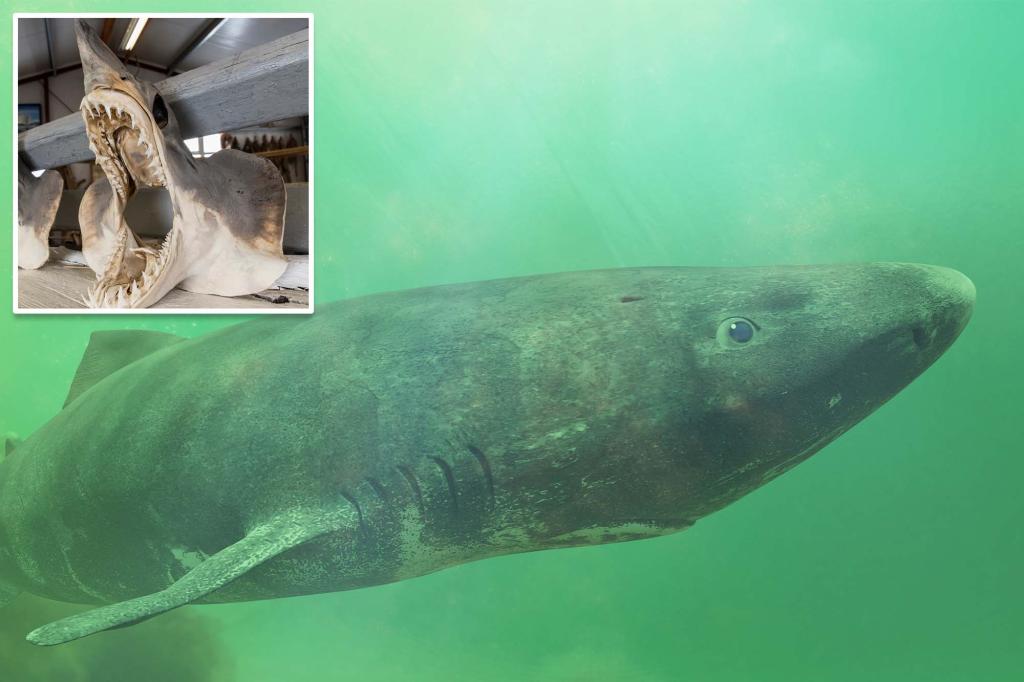New secrets have emerged about a rare, bizarre shark that is thought to live for 500 years. Scientists say the secrets could hold important clues to the increasing lifespan of humans.
The elusive Greenland shark, long admired for its astonishingly extreme longevity, experiences no significant decline in its muscle metabolic rate as it ages, according to new research presented this week at the Society for Experimental Biology annual conference in Prague.
That’s very different from other animals, scientists say.
“Most species show variations in their metabolism as they age,” lead researcher Ewan Camplisson, a PhD student at the University of Manchester, England, told the Telegraph.
“The results support our hypothesis that the Greenland shark does not show the same traditional signs of aging as other animals.”
Scientists previously thought the fish, which is typically nearly blind and doesn’t reach maturity until around 150 years old, owed its centuries-long lifespan to its habitat: the deep, icy waters of the North Atlantic, which require slow, energy-saving movements.
But researchers have now discovered a new clue to the metabolic muscle linked to sharks, the world’s longest-living vertebrate species, and say it could eventually help treat heart disease in humans.
“We want to understand what adaptations they have that allow them to live so long,” Camplisson said.
“Studying the Greenland shark and its heart can help us better understand our own cardiovascular health, problems that become more common and severe as we age.”
Little is known about the creatures, one of the largest sharks in the world, except for their record-breaking lifespan.
According to researchers, one of the animals, which died in 2016, was likely born around 1620.
According to the conservation organization Oceana, the scavengers typically grow to about 24 feet (7.3 meters) long and weigh 2,200 pounds (990 kilograms). They feed on rotting prey, such as polar bears and reindeer.
They are born with relatively small eyes that are usually nearly useless due to parasitic crustaceans that eat away at their corneas. However, their remarkable sense of smell keeps the sharks well-fed as they dig out rotting flesh.
Some people believe the sharks can enter fresh water, leading to speculation that it could have been the Loch Ness Monster, Oceana reported.
“My ultimate goal is to protect the species,” Camplisson told the Telegraph of his research on the sharks. “And the best way to do that is to understand them better.”
